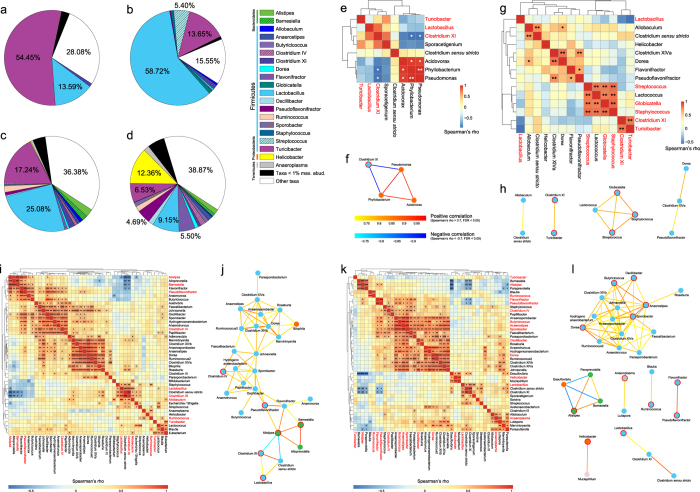Figure 6. Core microbiota within different GI regions.
The composition of core microbiota of (a) gastric contents, (b) small-intestinal contents, (c) large-intestinal lumen and (d) mucus layer. The large-intestinal lumen also involves fecal samples, given the fact that colonic contents are precursor of feces. Other taxa refer to non-core genera and unclassified genera under a higher rank. Co-occurrence patterns amongst the core genera across samples from (e) gastric contents, (g) small-intestinal contents, (i) large-intestinal lumen and (k) mucus layer, as determined by the Spearman’s rank correlation analysis. The correlations were controlled for multiple testing by false discovery rate and the genera were clustered using the UPGMA hierarchical clustering method (*FDR < 0.05, **FDR < 0.01 and ***FDR < 0.001). Refined co-occurrence networks for (f) gastric contents, (h) small-intestinal contents, (j) large-intestinal lumen and (l) mucus layer only based on correlations with absolute value of Spearman’s rho >0.7 and FDR < 0.05. Each node represents a genus, colored according to its phylum-level taxonomic affiliation (Supplemental Fig. S3). Genera with maximum abundance >1% are outlined in red.

